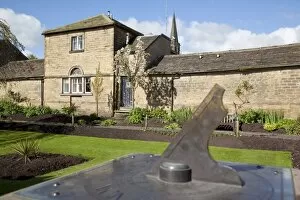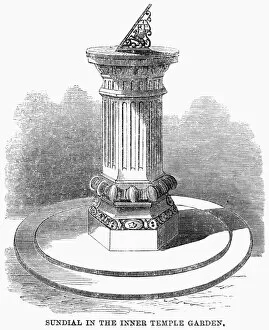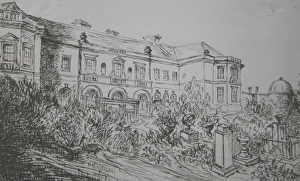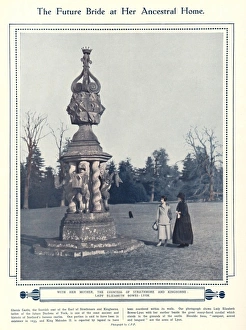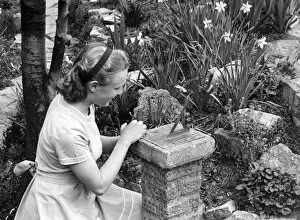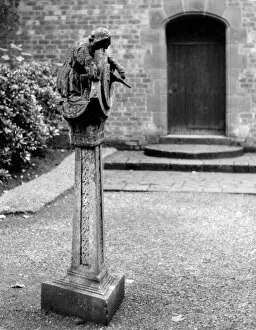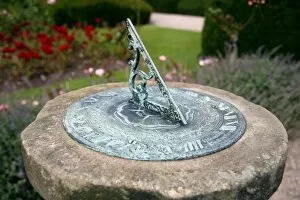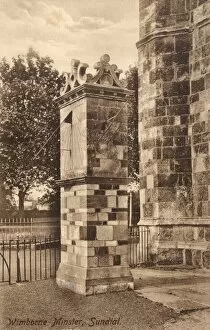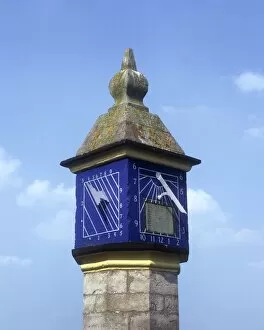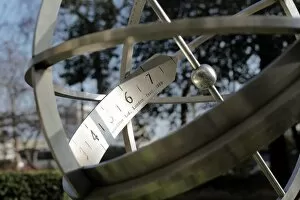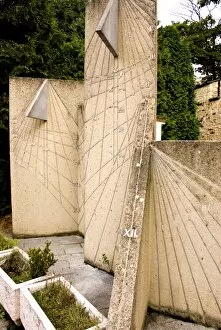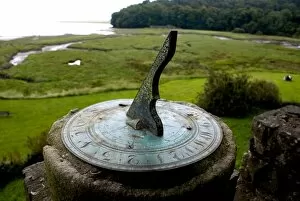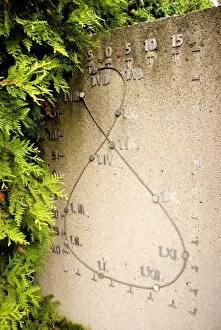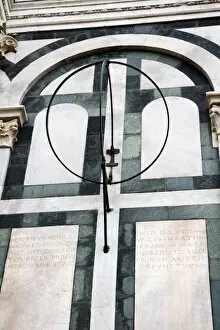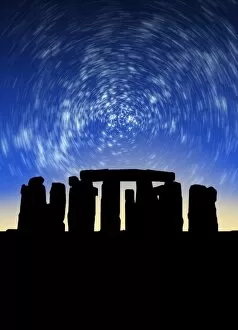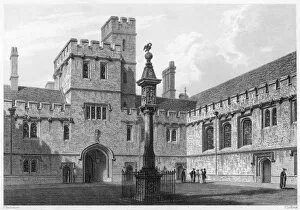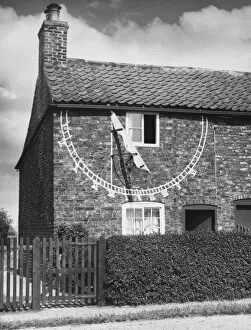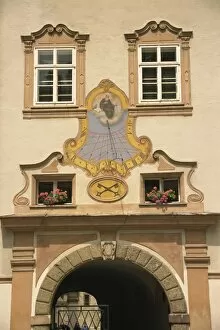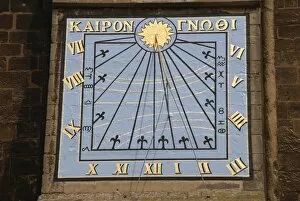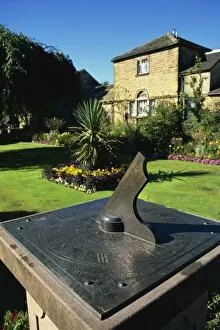Sun Dial Collection (page 3)
"Capturing Time's Gentle Touch: Exploring the Enchanting World of Sundials" Step into a bygone era at Little Hall, Lavenham, Suffolk, England
All Professionally Made to Order for Quick Shipping
"Capturing Time's Gentle Touch: Exploring the Enchanting World of Sundials" Step into a bygone era at Little Hall, Lavenham, Suffolk, England, where a sundial on a plate of slate stands as a silent testament to the passage of time. Inscribed with the poetic words "Noiseless falls the foot of time that only treads on flowers 1905, " this exquisite piece transports us back to an age when nature and art intertwined effortlessly. Traveling further across continents, we encounter Perran's remarkable sundial—a marvel crafted by Horace Walpole or Smith in 1910. Its intricate design and flawless functionality serve as a reminder that even amidst modernity, ancient traditions still hold their allure. As dawn breaks over Stonehenge in all its majestic glory, we witness the sun casting its first golden rays upon an unusual sundial. This enigmatic structure not only tells time but also unravels secrets hidden within its celestial patterns—an instrument both practical and mystical. Delving deeper into history reveals fascinating discoveries like the Sciathericon—a device used for determining time based on shadows—showcasing humanity's ceaseless quest to measure our existence against nature's rhythms. A stela adorned with fragments of an ancient calendar takes us back to civilizations long past; it whispers tales of forgotten rituals and cyclical reckonings. In Snowshill Manor's terraced gardens, frozen in monochromatic beauty through a vintage photograph from Country Houses of the Cotswolds, we find solace among meticulously arranged flora while gazing upon an elegant sundial. Here lies proof that man-made structures can harmonize seamlessly with nature's grandeur. Venturing into more ornate creations brings us face-to-face with brassware wonders—a night and solar clock composed of different discs depicting zodiac signs and timelines from 1568. These masterpieces remind us that craftsmanship transcends generations; they are timeless treasures that continue to mesmerize.


